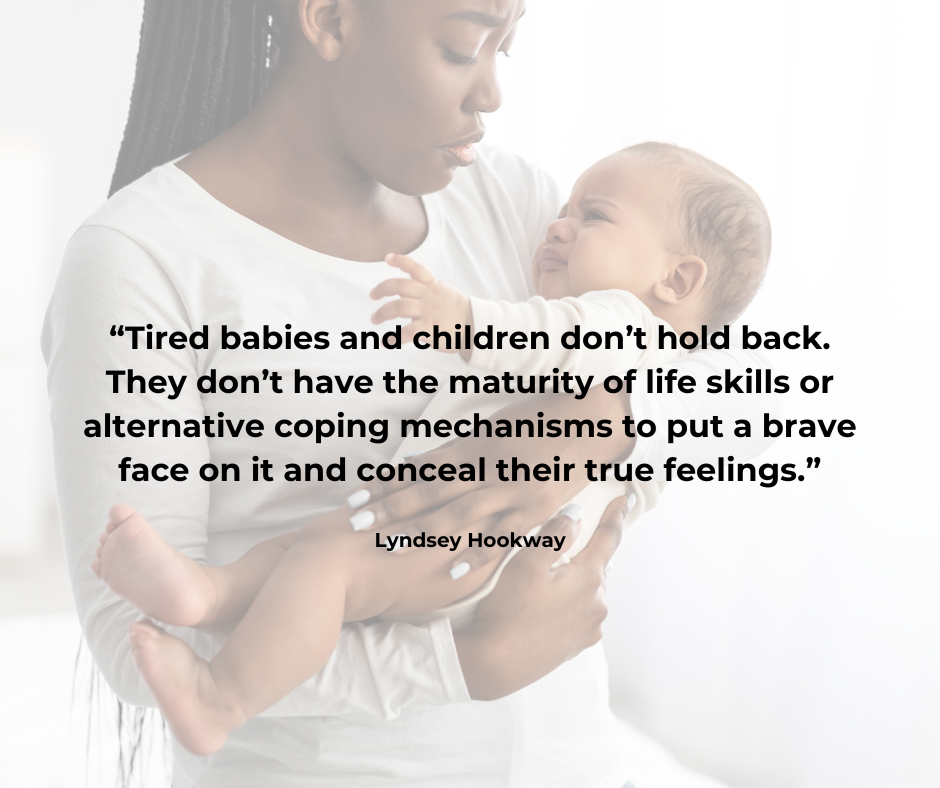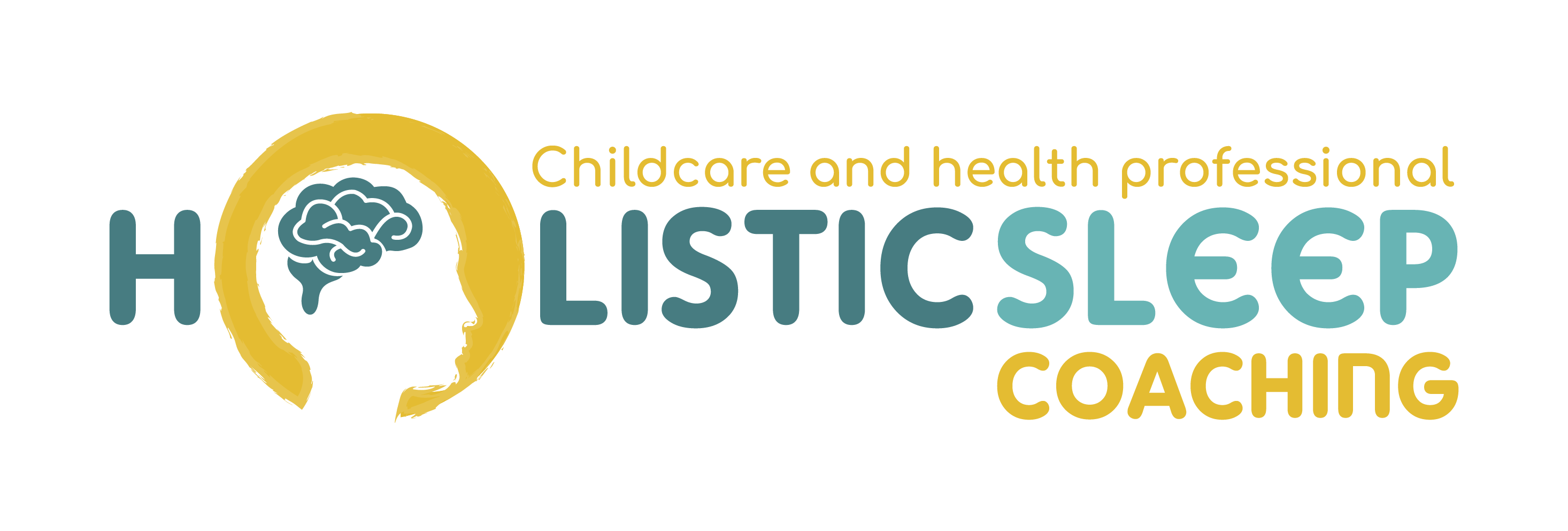Welcome to an insightful exploration tailored for professionals in the realm of child sleep consulting. Should I extend a child’s short naps? Short naps often present a perplexing puzzle for those working with families and young children. In this comprehensive blog, we’ll delve into the enigmatic world of short naps, unravelling the truths, dispelling myths, and equipping you with empowering strategies to navigate your clients’ concerns regarding their little ones’ sleep patterns.
Defining Short Naps in Children: Duration and Interpretations
Short naps… what’s the deal?
They cause a lot of anxiety for families, but is this anxiety justified? What, if anything, should we do about short naps? And how can you be sure a child is getting an appropriate amount of daytime sleep? I’ll be getting into all of that in just a moment. But first of all, let’s define a short nap. The first problem is that there is no standard definition of a short nap. Some people might classify a nap less than an hour as short. For others, they would count it as less than a sleep cycle. Others would define it as less than 30 minutes.
Limited Research on Children’s Nap Lengths: Understanding the Gap
It’s important to say that there is actually very little research on nap lengths in children, which is presumably why there are so many ideas out there. While there is research pointing to the general benefit of naps, and the total sleep time in 24 hours, there is hardly any data on daytime sleep length, frequency, spacing or pattern. One of the outcomes of this is that everyone has a different definition of what a short nap actually means. This seems to be fraught with personal opinion and made-up numbers.
Debunking Misconceptions: Short Naps and Sleep Cycles
Why do many people feel so strongly that short naps are a bad thing then? Well, one reason is that many people believe that sleep cycles are predictable and repeat in the same sequence. Large studies find that the sleep cycle of a child aged 0-3 is approximately 50-60 minutes, and the mature sleep cycle of around 90-120 minutes occurs in children at some point between 3-5 years. It then remains stable (Davis et al, 2004). You can find all these research studies below by the way!
So having a nap that is less than a full sleep cycle leads many people to believe that the sleep opportunity has been deficient in some way. That the child has missed out on a crucial part of sleep.
Significance of Deep Sleep in Short Naps: A Closer Look
There are many reasons why sleep duration may be much less than 50 minutes, and so this leads me on to our first big question – is short nap anxiety justified?
Well, it seems that the answer is no. One of the hypothesized problems of short naps by mainstream sleep trainers is that a short nap means that infants won’t achieve deep sleep. But it is categorically not true that a nap must be 50-60 minutes to be restorative. It’s often assumed that if a child has been asleep for a certain length of time, the longer length is evidence in and of itself that deep sleep has occurred. This is simply not true. The brain micromanages sleep staging, and we do not robotically cycle through light sleep, deep sleep and REM in a consistently predictable fashion. The amount of sleep pressure driven by the amount of time awake prior to the sleep opportunity as well as the activities and learning in the day influences nap length and staging.
Recent Studies on Daytime Naps: New Perspectives
So a nap doesn’t have to be 50-60 minutes to achieve deep sleep. But also, deep sleep does not necessarily occur just because someone HAS been asleep for 50-60 minutes. And hold up, because not only is this a flawed concept because of the misunderstanding around sleep length and restoration, but it also assumes that deep sleep is the MOST important stage of sleep for development.
So let’s debunk some of that…. Freidrich et al (2017) measured memory consolidation related to learning words in infants aged 6-8 months. They found that short sleep duration was associated with negative memory affects. But what did short sleep duration mean? Less than 9.5 minutes spent in stage 2 sleep. Yep. You heard that right. The study found that the length of sleep is relevant, but it is specifically NREM2 sleep during which sleep spindles occur that seem related to memory organization and language acquisition. NREM2, for the uninitiated, is a stage of light sleep. So positive memory changes are taking place in light sleep, not deep sleep. The study found that infants do experience sleep spindles in NREM3 (deep sleep) as well, but these were not correlated with improvements in memory.
Something I say a lot to my students is all sleep is good sleep’‘. While there are limited studies exploring this in infants, we do have a reasonable amount of literature in adults. Since many biological aspects of sleep will cross over between infants with a mature circadian rhythm and adults, we can cautiously make some recommendations and provide assurance about sleep based on some adult studies. One study looked at the impact of napping on air traffic controllers’ concentration and alertness on night shifts (Signal et al 2009). This study found that very little NREM3 (deep sleep) was recorded, despite the length of the nap being between 35-50 minutes. They also recorded very little REM sleep, yet the naps were found to decrease subjective sleepiness and improve reaction times.
In another study (McDevitt et al, 2012), it was found that the number of naps taken (again by adults) in the day influenced the length and sleep stage achieved during the nap. This study also explored reasons why people nap and found that there is a split between people who tend to nap more frequently and those who never nap. They suggested that this is likely because of differences in sleep need, and those who feel sleepier in the day manage this with more naps. While this may sound like a contender for obvious comment of the year, what we should remember is that just like us, babies and young children have different napping and overall sleep needs.
And finally, a recent study by Gosse et al. (2022) was exploring aspects related to infant development and sleep pattern. The study is fascinating in many ways but I just want to draw your attention to their finding that longer daytime naps may not be as beneficial for older infants. You heard that right.
Previously, research exploring nap length and cognitive function was not always consistent, but because of differences in research methodology and how sleep has been recorded, many people believed that longer naps are universally a good idea to optimise development. Of course, if your client is the parent of a baby with lower sleep needs or differently distributed sleep, this idea is likely to cause stress and anxiety, and moreover, is not something you or the parent are necessarily in control of.
But what if it’s not true? That changes EVERYTHING. While genuine sleep deprivation (which usually has an underlying cause) may impact development, so too might too much daytime sleep.
Optimizing Short Naps for Children’s Sleep Needs: Practical Solutions
And now let’s move on to what we should do about short naps? And how can we be sure that a child’s napping pattern meets their needs? Remember that all children have different sleep needs, sleep needs tend to generally reduce with age, and sleep needs can fluctuate due to environmental or contextual reasons. So bear in mind those low, average and high sleep need children on an individual basis.


Luckily for us, children are pretty good at telling us through their behaviour that the sleep they’re achieving is not meeting their needs. Tired babies and children don’t hold back. They don’t have the maturity of life skills or alternative coping mechanisms to put a brave face on it and conceal their true feelings. They wear their hearts on their sleeve, especially with the people they love and trust the most. So if your client’s child is generally happy, well-regulated, developing as we would expect for their age, gaining weight and interacting, communicating and behaving in a way that is typical for them, it is extremely unlikely that their sleep is insufficient.
And don’t forget – I don’t mean perfectly regulated all the time – like all of us, babies and children are allowed to have good and bad days, tough moments, cranky periods and phases. I just mean in general, they’re coping as we would expect. And for these children, extending their naps might actually be something you pay for overnight – since there’s only so much sleep we can achieve.
If they’re sleep deprived, they’ll let you know. They will be showing more of their unique tired signs than usual, perhaps more emotional, falling apart, or acting generally dysregulated much of the time. They may fall asleep at times you don’t expect them to – or spend large portions of their day yawning or appearing fatigued.
If you see these genuine signs of fatigue, alongside objective evidence that they’re getting less sleep than we would expect, then:
- Rule Out a Physical Underlying Cause of Disrupted or Suboptimal Sleep on Children’s Sleep
Firstly, rule out a physical underlying cause of disrupted or suboptimal sleep – it might be a health or feeding problem, or an underlying sleep pathology.
2. Analyzing Sleep Distribution Patterns in Children: Tailoring Solutions
Secondly, you’ll need to look at the overall pattern of sleep distribution. Is there something about the way the naps or bedtime is structured that isn’t optimal for this child? Is it possible that an extra nap is required? Or maybe fewer naps which might allow sleep pressure to build and therefore naturally elongate the nap?
3. Improving Sleep Hygiene and Daily Routines: Impact on Children’s Sleep
Thirdly, what about the basics of sleep hygiene and the routine, the rhythm and pace of the day, exercise, opportunities to be outside, and move their bodies? Is it possible there are tensions or stresses at home that are making sleep more difficult to achieve?
4: Strategies for Enhancing Children’s Naps: Practical Tips for Longer Sleep
And finally, you could try some simple hacks. Would this child sleep longer in a carrier or having a cuddle nap? Would they sleep longer with some movement? Do you need to suggest that the parents stay close to their child ready to support them back to sleep at the first signs of stirring from their nap, to try to extend it?
So… in general, you’ll be able to go forth and reassure families that those babies napping for 20, 30, 40 minutes only are doing just fine. If they seem happy and are developing as we would expect, let it go.
And there we have it – why short naps are a subjective concept, the most prevalent myths debunked and why worrying about short naps might be a total waste of time and energy. By challenging the mainstream narratives, and tunnelling into the sleep literature, we’ve seen these kinds of thought reversals and sleep mindset shifts transform the way that hundreds of our students are able to make a huge difference for families.
If you’re a fan of relatable, practical and sustainable sleep support that is responsive and evidence-based, then you can book a call with a real human on our team – to find out more about our Holistic Sleep Coaching Program.

